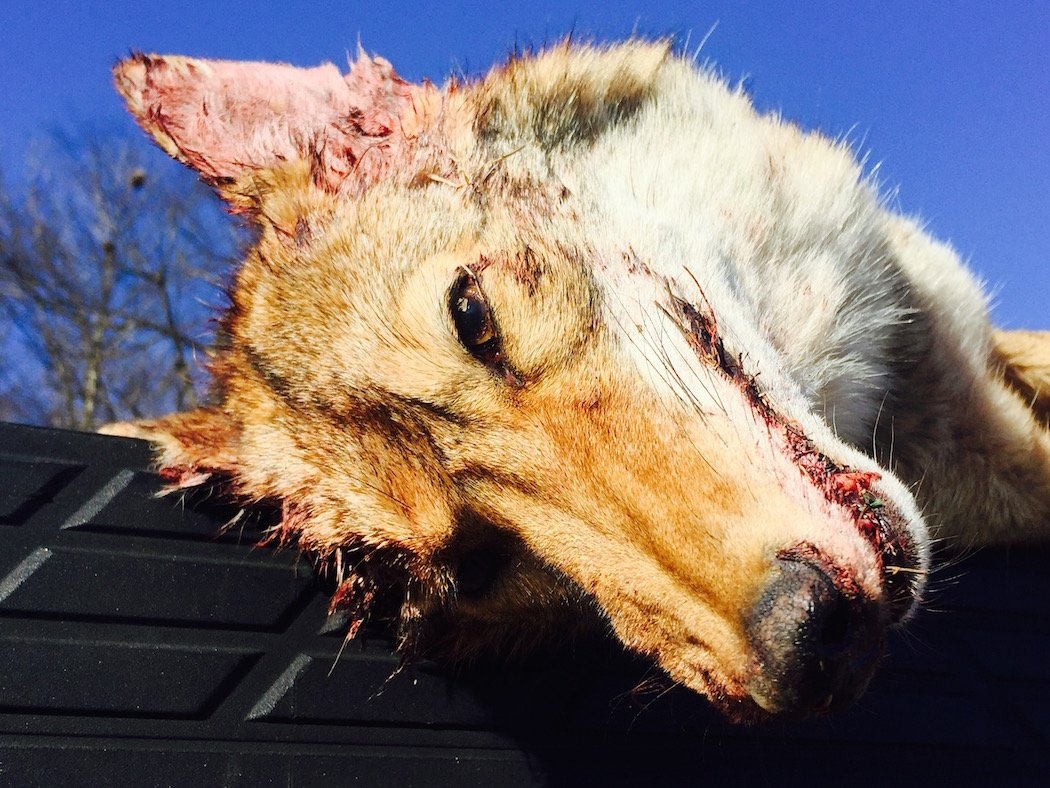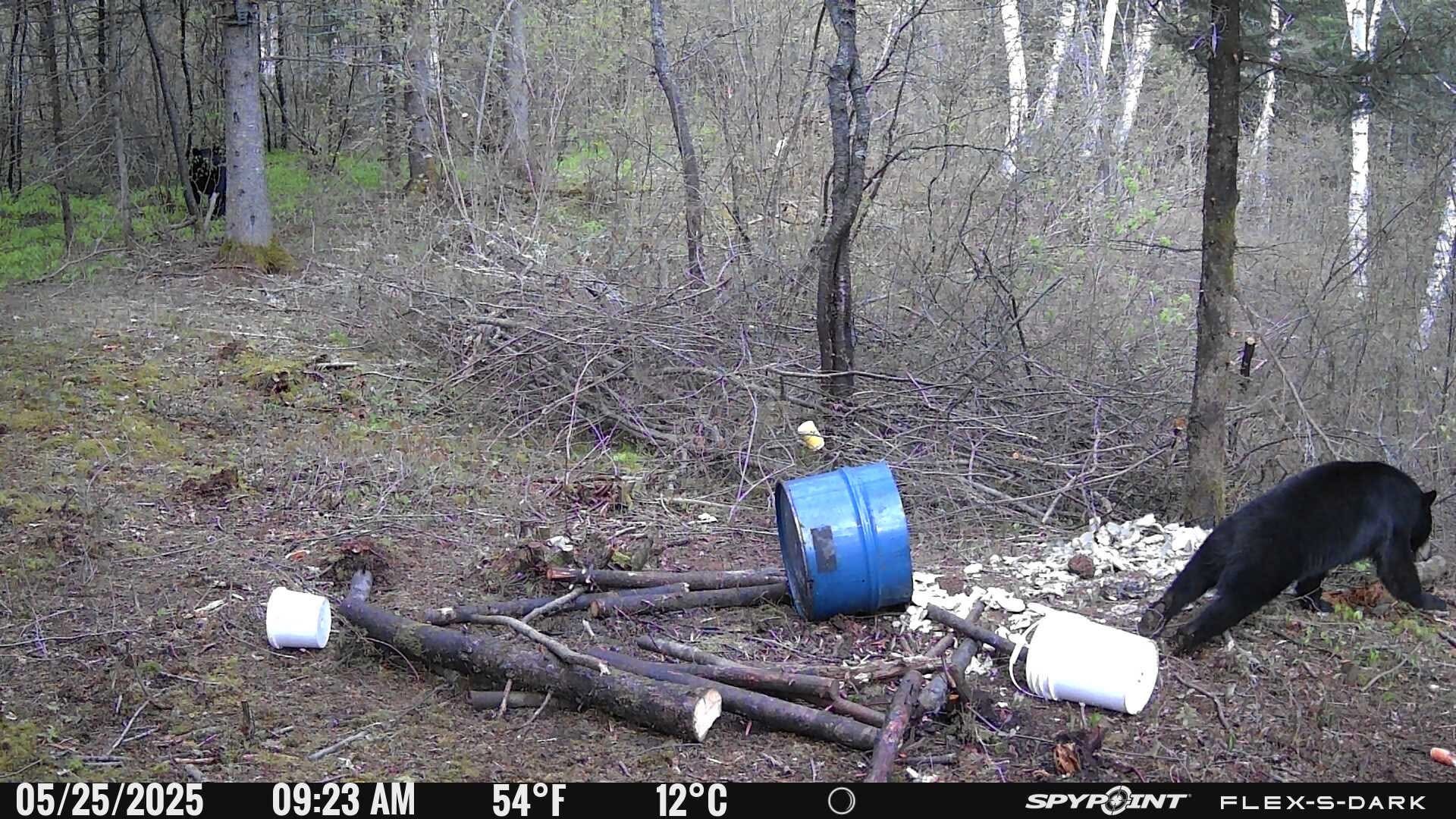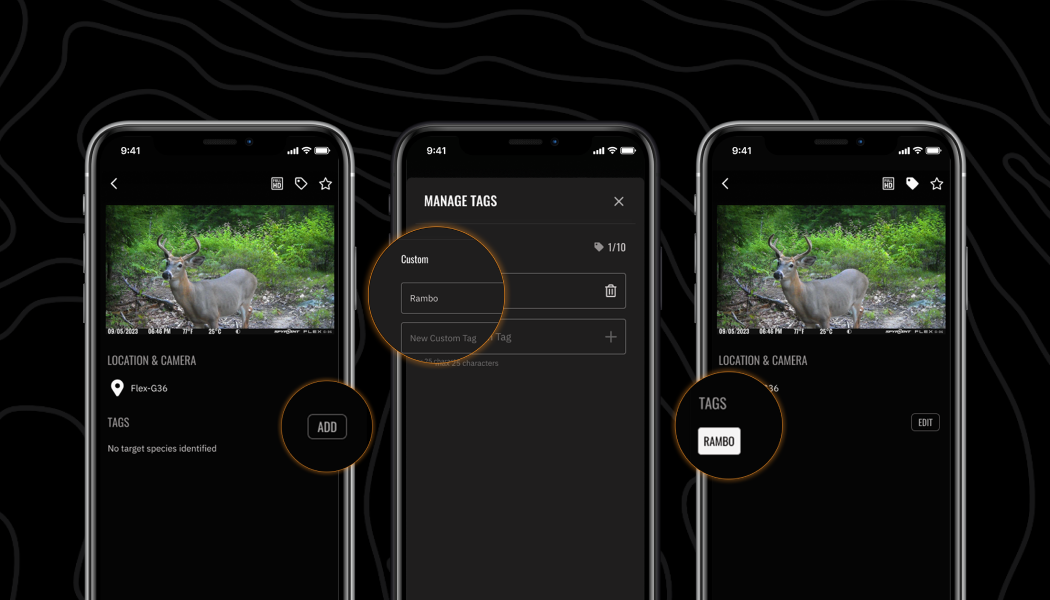
Just as we manage deer, turkey and other prey species, so should we manage predators
The air blowing through the timber hits the back of your neck. Your hairs stand on end as you lie in wait. Every passing second brings more anticipation as you patiently wait for him to come trotting in. The fawn-in-distress call in your hands makes an eerie sound as it resonates throughout the landscape. Just when you think he isn’t coming; you catch a glimpse. Mr. Wily Coyote himself comes slinking through the pines. While he believes he is stalking his next meal, you are lining up the .223 on his broad chest. Two seconds later, the muzzle blast indicates the ol’ dog has fallen; and another fur gets tacked onto the woodshed out behind the barn.
No doubt this is the scenario we coyote hunters look for. However, it is generally not how things pan out. Every hunt will be unique and demand different tactics. The following tips are a few major points to consider before heading out to cull a few of those coyotes.
Evaluate Your Hunting Property
Some properties need extensive predator management. Others don’t. Regardless, you should evaluate these multiple times per year to determine if predator hunting or trapping is needed.
To do this, post trail cameras and take inventory of what coyotes, bobcats, raccoons and other predator species are on the farm. Also, look for scat, hair on fences, possible dens, and more. Then, once you’ve determined there is an overabundance of predators on the landscape, pull out your tricks. You’ll need them, especially when hunting wily coyotes.
1. Call the Substitution
Possibly the most important thing when pursuing coyotes is to be skilled with the call. That doesn’t mean you have to be a world champion caller to kill coyotes. However, it does mean you need to know how and when to be vocal. It is also wise to be fluent with several different calls. It never hurts to familiarize yourself with mouth calls and electronic versions, too.
If hunting the same property sequential times; it is important to change your call each time you go. Using the same old cottontail in distress every trip to the field will educate your quarry, in a hurry. Instead, try switching it up each time you go. This can be accomplished by changing pitches and tones, substituting the call or by imitating a completely different vocalization. For example, for this time of year, switching from a cottontail in distress to a fawn in distress may prove enough to pull that leery dog into the open.
2. Choose the Right Gun
Choosing the right firearm for the terrain is crucial. Some of the most popular calibers for coyotes are: .17 HMR, .22, .223, .243, 22-250 and 25-06. If going with a shotgun, choosing a heavy 12-gauge load would be optimal. Regardless of your choice, make sure you are proficient with it before heading to the field. Do not dismiss the idea that you may have to take a moving shot. Coyotes are notorious for constantly moving without hesitation.
3. Makes Sense to Use Scents
Scents can play a huge role in success if implemented into the game plan. However, using them effectively is the key. It is important to synchronize relevant scents to the calls used during the hunt. For example, if using a rabbit distress, supplement calling by putting out corresponding scents. If imitating coyote vocalizations, add realism by using the appropriate scent.
Another way to take advantage of scents is to place them just left and right of your own downwind scent trail. Hopefully what this does is halts the coyote’s movement before it makes it into your own personal wave of stink. By placing it on both sides, you are covered regardless of which direction they proceed from. It never hurts to mask your own body odor by using cover scents like fox urine, raccoon urine and other native aromas.
4. It’s All About Timing
It is very important to keep a watch on the clock when in the field. Personal preference usually keeps me moving every 30 minutes. If nothing has emerged within that time frame, it is safe to say nothing will be. The best bet will be to move to a new location to call from after this allotted time has expired.
If hunting recurring spots each time; it may be best to change your stand site each time you go. It does not take long for coyotes to learn. If they hear a dying rabbit under the same cedar tree two or three days out of the week; they are going to soon realize what’s up. Even if there are certain areas better suited to call from; refrain from over hunting them.

5. Dupe ‘em with the Decoys
Decoying coyotes is much like using scents to lure them. They need to coincide with the call. Another point to remember is placement. The decoy needs to be in the open enough that it can be seen; but a happy median is needed. I keep it slightly concealed so that a curious coyote has to close in on it to thoroughly investigate it.
6. Play the Wind
Wind plays an essential role in success. Coyote hunting demands a slightly different approach than a whitetail hunt. We preach to keep the wind in your face while hunting wary whitetails. This is only slightly true when chasing coyotes. The only time to face into the wind is when walking to a stand. This prevents scent from drifting into areas coyotes may be denned up in.
There are mixed emotions among hunters as to how to hunt the wind. Even so, depending on the circumstance, it is sometimes necessary to have the wind at your back when calling from a stand. This logic may seem absurd at first. However, most coyotes will approach a calling sequence from downwind. This is why scent control and cover scent must be implemented.
If hunting the wind in this manner is not appealing, depending on how the land lays, another option is to hunt a cross-wind instead. This will allow you to catch your target as it tries to get downwind. Again, the key is reading the lay of the land and reading the wind before properly executing a calling sequence.
If you’re hunting really open areas, facing downwind will be less of a risk than hunting in close corridors. If hunting small openings or in thick cover, it may be best to hunt a cross-wind. Each individual case will be different. The right situation will have two hunters back-to-back. This way you are covered from every direction, regardless of the direction the coyote emerges from.
7. Scout for the Count
Trail cameras are a key way to scout for coyotes. I generally find high-traffic areas and post trail cams in these locations. Such locations are fence-crossings, brushy openings, logging roads, draws, pinch-points and most any other type of structural opening leading from dense vegetation into open areas.
Cellular cameras especially, like the affordable LINK-MICRO-LTE, let you know when a coyote is in the area. A coyote's home range may be multiple square miles. They may go days or even weeks between visiting certain areas of that range. Keeping an eye on your property with a cellular trail camera so you know you can hunt when they have been in the area recently can drive up your success.
8. Read between the Signs
It is very important to read the coyote as it makes its way closer. Coyotes are very easily spooked. The slightest movement, unfamiliar smell, or foreign sound will send them off in a hurry. It is important to know when to take the shot. Wait until the target is as close as possible; but do not wait so long that it escapes without an attempt.
9. At a Sloth’s Pace
This may seem like a childish tip to some, but movement plays a huge roll in successful predator hunting. It can be a daunting task to minimize movement when you have an itch in your left pant leg and a bug crawling up your right one.
When hunting coyotes, I make sure that I have complete back cover and foliage to break up my figure. When observing, I look by moving my eyes first, then my head. Cutting out all unnecessary movement in conjunction with effective camouflaging will greatly increase the hunter’s odds.
10. Patience and Persistence
My final bit of advice is more for moral support than performance. Coyote hunting in the eastern states is tough. The foliage is thicker. The open fields are smaller. And the hunting is harder. Coyotes have so much forested area to roam that they rarely need to break cover. However, I urge those taking interest in this increasingly popular sport to keep at it. It may take some time before you connect. Then again, it may be on the first outing. Regardless, the rewards that follow a successful predator hunt are more than worth the time spent afield.
Article by Josh Honeycutt



